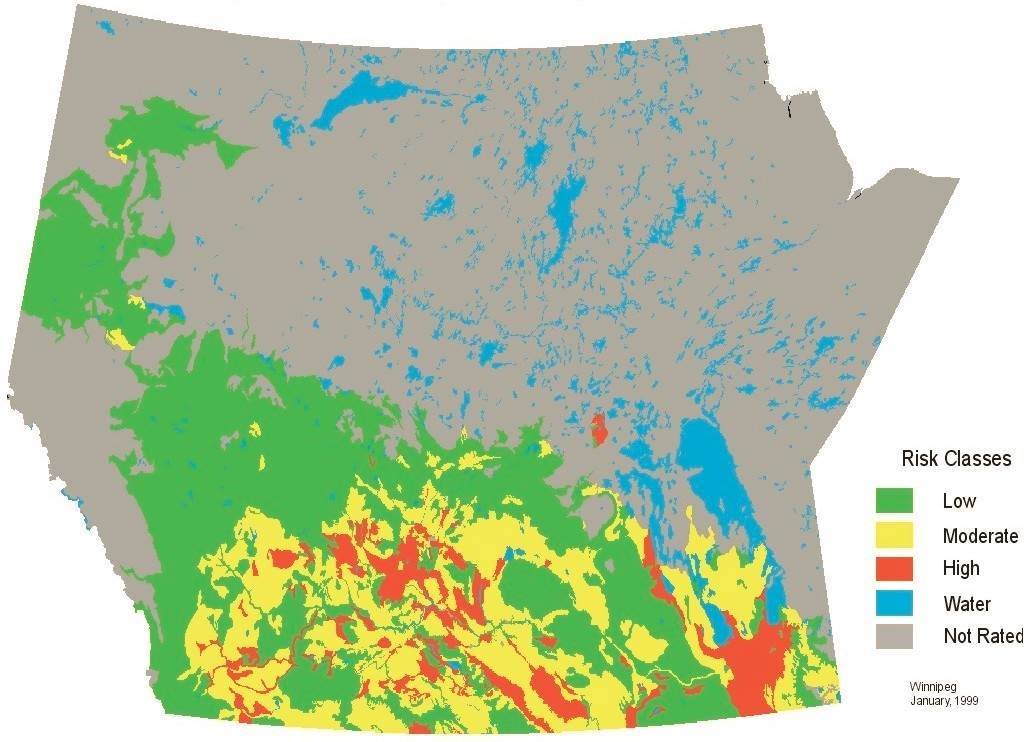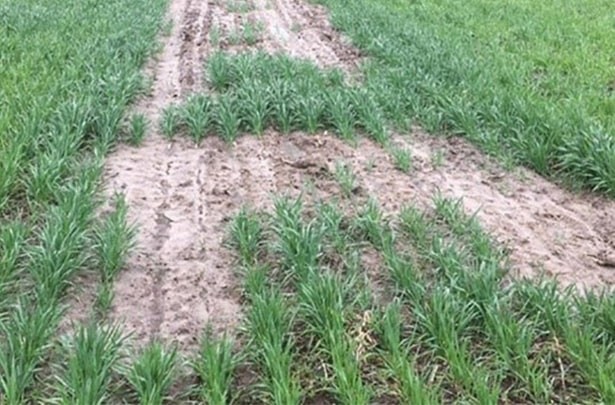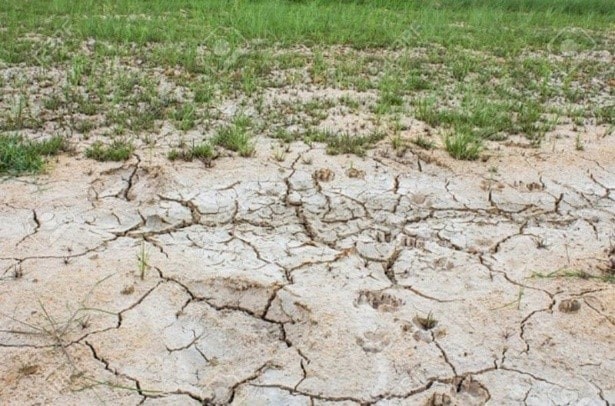Winning the Fight Against Soil Salinity
Soil salinity can occur naturally or be caused by practices used on the farm – continuously irrigating with water that has a high salt concentration, for example. While some crops are tolerant to saline soils, high concentrations of some salts can be toxic to others. Salinity can also hinder a plant’s uptake of water and interfere with the absorption of nutrients. Read more for a closer look at the causes and consequences of salinity and sodicity, along with nutritional solutions to lower the impact on crops.
Salinity and Sodicity
Salinity refers to the soluble salts that can be found in rain and irrigation water. These salts can include chlorides, sulfates, carbonates and bicarbonates of calcium, magnesium, potassium and sodium.

While some of these elements, like calcium, magnesium and potassium, can improve soil structure, others, such as sodium, can negatively affect plant growth and productivity.
While salinity deals with the whole salt compound, sodicity refers specifically to the amount of sodium present in the rain or irrigation water. Excess amounts of sodium can adversely impact soil structure, making plant growth and development difficult.
Highly saline and sodic water can cause problems for crops, depending on the soil type, crop species and growth stage. The amount of water able to seep through the root zone can also be affected.
The Impact of Sodicity
Sodicity has serious impacts on farm production, as well as significant off-site consequences. If sodicity is a significant problem on your farm, you may be encountering problems such as:
- Surface crusting
- Reduced seedling emergence
- Reduced soil aeration
- Increased run-off and erosion risk
- Less groundcover and organic matter
- Less microbial activity
The Impact of Salinity
Salinity becomes an issue when excess levels of salts accumulate in the root zone, hindering plant roots from taking in water from the surrounding soil. Excess salt also causes the fine particles of the soil to bind together into aggregates. This is called sodium-induced dispersion and leads to a reduced infiltration, reduced hydraulic conductivity and surface crusting.
The poor infiltration hardens soil, creating a surface crust which restricts both water infiltration and plant emergence. Under these conditions, it is difficult for plants to establish and grow.
The surface crusting is caused by sodium-induced clay dispersion. When clay particles disperse within soil water, they plug macro-pores at the surface of the soil. This will ultimately block avenues for water and roots to move through the soil.
Salt Tolerance Among Crops
Some crops can handle soils with higher levels of salt, but the effects of saline soil can be devastating for others. The salt tolerances of various types of plants is ranked on a scale of 0–20, with 0 being no tolerance to salt and 20 being very high tolerance.
Forage crops like beardless wildrye and fulks altai grass are some of the more tolerant plants to saline soils, sitting at a 20 on the scale.
Two (2) and 6-row barley, winter and spring wheat, and fall ryes all sit at moderate tolerance at 8 on the scale, with oats and yellow mustard just behind.
Vegetable crops like carrots, onions, peas, strawberries and beans have low tolerance and can be greatly affected by saline soil. Trees and shrubs like black walnut, dogwood and little-leaved linden are rated at a 0 on the tolerance scale, meaning these plants could be devastated by saline soils.


OMEX has the Solution
If you are struggling with salinity/sodicity on your land, OMEX has a variety of nutritional products that can help.
To reduce sodium-induced dispersion and improve infiltration in the saline area, the use of calcium and magnesium (gypsum, dolomite) is recommended.
Alongside calcium and magnesium, we recommend the use of humic acid to improve aggregation, increase infiltration of water and stabilize clay particles. Humic acid is also beneficial in increasing organic matter and lowering the symptoms of sodicity. Further, it also encourages crop growth and microbial activity.
OMEX carries liquid gypsum (Gypflow) and other sources of calcium (Sequestri-CAL, CN9), magnesium (Uptake Mg, PK Bulk) and humates (Organohume) to fight salinity/sodicity.
OMEX also carries with a full range of seed-applied Primers, in-furrow Starters, in-crop Foliars, Biostimulants, PGRs and specialty products to cover the needs of your crops during ideal and less-than-ideal conditions and help you meet your yield and quality goals.
For more information on these products and crafting a nutrient management strategy to address soil salinity and sodicity, talk to your local AG Retailer or OMEX representative today.
